Extreme Heat, Scarce Rainfall Could be Hard on Crops and Production Costs
August 26, 2013

The old story goes that a particularly crotchity old man took one final swipe at his family by having the following epitaph engraved on his tombstone: “Well, I told you I wasn’t feeling well!”
I feel a bit that way today as I watch the corn and soybean markets explode upward. “Well, I told you it was dry!” Dryness, of course, is not the only driver of the increases, so far, of 60-cents per bushel for soybean futures, 25-cents per bushel on corn and $15 per ton on soybean meal. But rainfall totals below 50% of normal over the past 30 days from northern Illnois westward through Iowa and northern Missouri have caused some deterioration of what was once a very promising crop (See Figure 1).
Figure 1
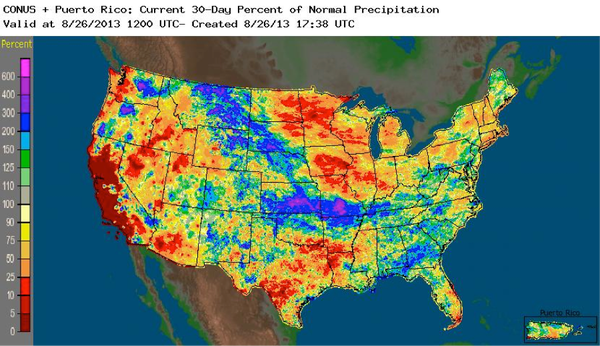
ProFarmer’s annual crop tour generated some pretty impressive yield forecasts for most states but their forecast national corn yield is 154.1 bushels per acre. That is just slightly lower than USDA’s August estimate of 154.4 bushels per acre but, when combined with the 1.8 million acre reduction in harvested acres predicted by ProFarmer, it leaves the crop at 13.46 billion bushels, 300 million lower than USDA’s August forecast.
ProFarmer’s findings for soybeans were even more alarming, I thought, in that pod numbers are below the levels of the past five years in every surveyed state but Ohio, and are even lower than last year in both Illinois and Iowa. ProFarmer shaved 800,000 acres off USDA’s harvest expectation and estimates the national yield at 41.8, just 0.8 bushels lower than USDA's August estimate. That would put the crop at 3.158 billion bushels vs. USDA’s August figure of 3.255 billion bushels. But the real driver for soybeans has been the impact that an early frost might have on such a late-planted crop.
Weather affecting futures charts
The spark, though, that lit the kindling last night is the temperature and rainfall forecasts for the coming week. No rainfall is forecast for central Iowa this week. The same is true for the next 8-14 days for much of the current dry area. And temperatures in the upper 90-degree range are expected. Already-dry corn plants, plus 95+ degree heat are not a good recipe for plant survival, much less yield enhancement. I know full well that I may be sitting in the worst of the hot, dry conditions but I’m also sitting near the best part of a state that normally accounts for about 18% of the nation’s corn output. CME Group corn and soybean meal futures charts for December as of about 1:00 CDT on Monday, August 26, appear in Figures 2 and 3.
Figure 2
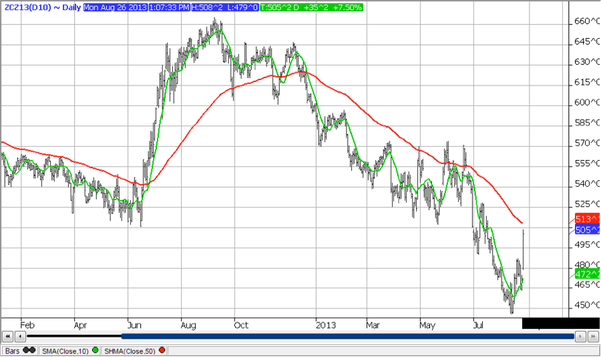
Figure 3
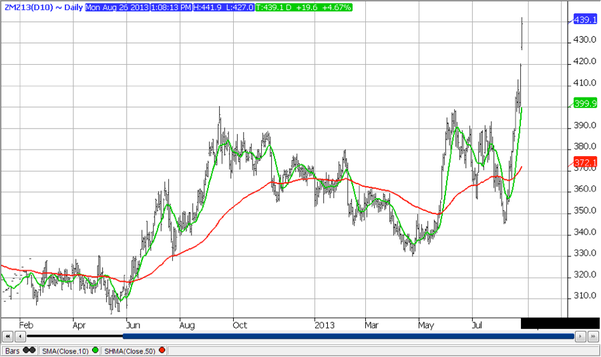
Could things turn around? It is possible but this is August 26. There is not much time left at all for corn or, for that matter, soybeans, as longer and longer nights move those late-planted beans toward maturity. Soaking rains and cooler temps might help but . . .
So what can you do? The $4.50 Dec. corn futures and $350 Dec soybean meal futures of early August are now distant memories and may now join the realm of Bigfoot and Yeti – seldom seen and long periods between sightings!
I again pose the question: How big of a disaster can you stand? Costs for the coming year are certainly not as good as they were just a few weeks ago but they could easily get worse. Call options can now be purchased guaranteeing futures prices of less than $5.20 to $5.60 per bushel for corn and $430 to $490 per ton on soybean meal. Neither of those ranges is particularly appealing but those prices – without any basis consideration – would result in breakevens for Iowa farrow-to-finish operations, as modelled by Iowa State, of $85 to $90/cwt. carcass. That cost level would be profitable for most months in the next crop year and still leaves the downside for feed ingredient prices open.
Readers know that I usually fall on the risk-averse side, so this might look better to me than to many of you who are more experienced or comfortable with risk. But I know how big the cracks are in my yard and how brown some corn in Iowa and northern Missouri was this weekend. A week of extreme heat and little or no rain will do neither of them – nor your potential costs – one bit of good.
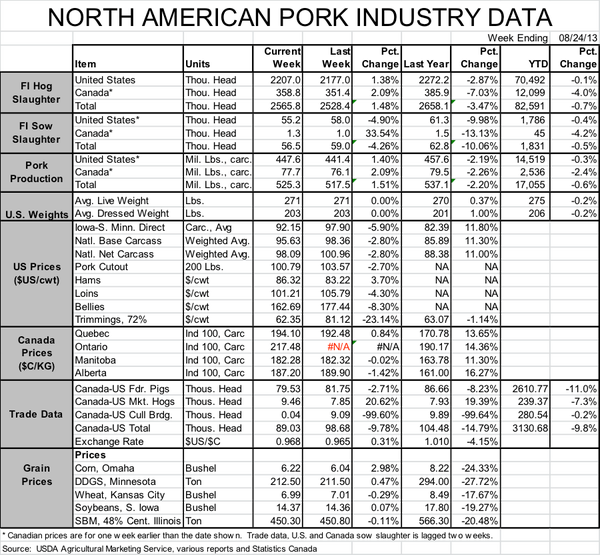
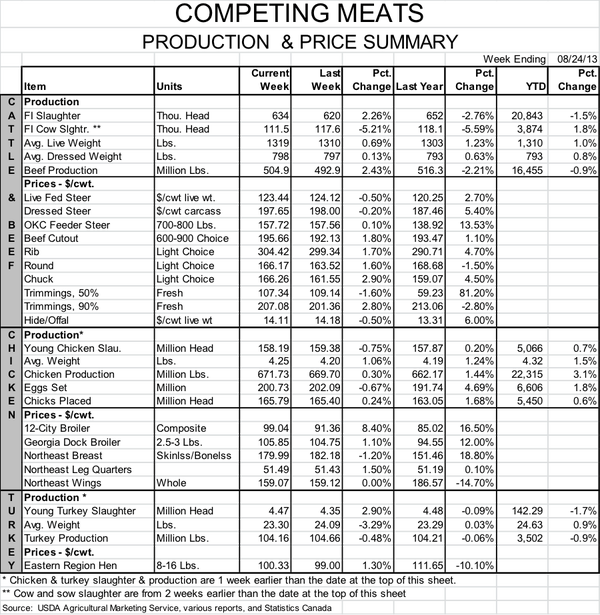
You May Also Like



